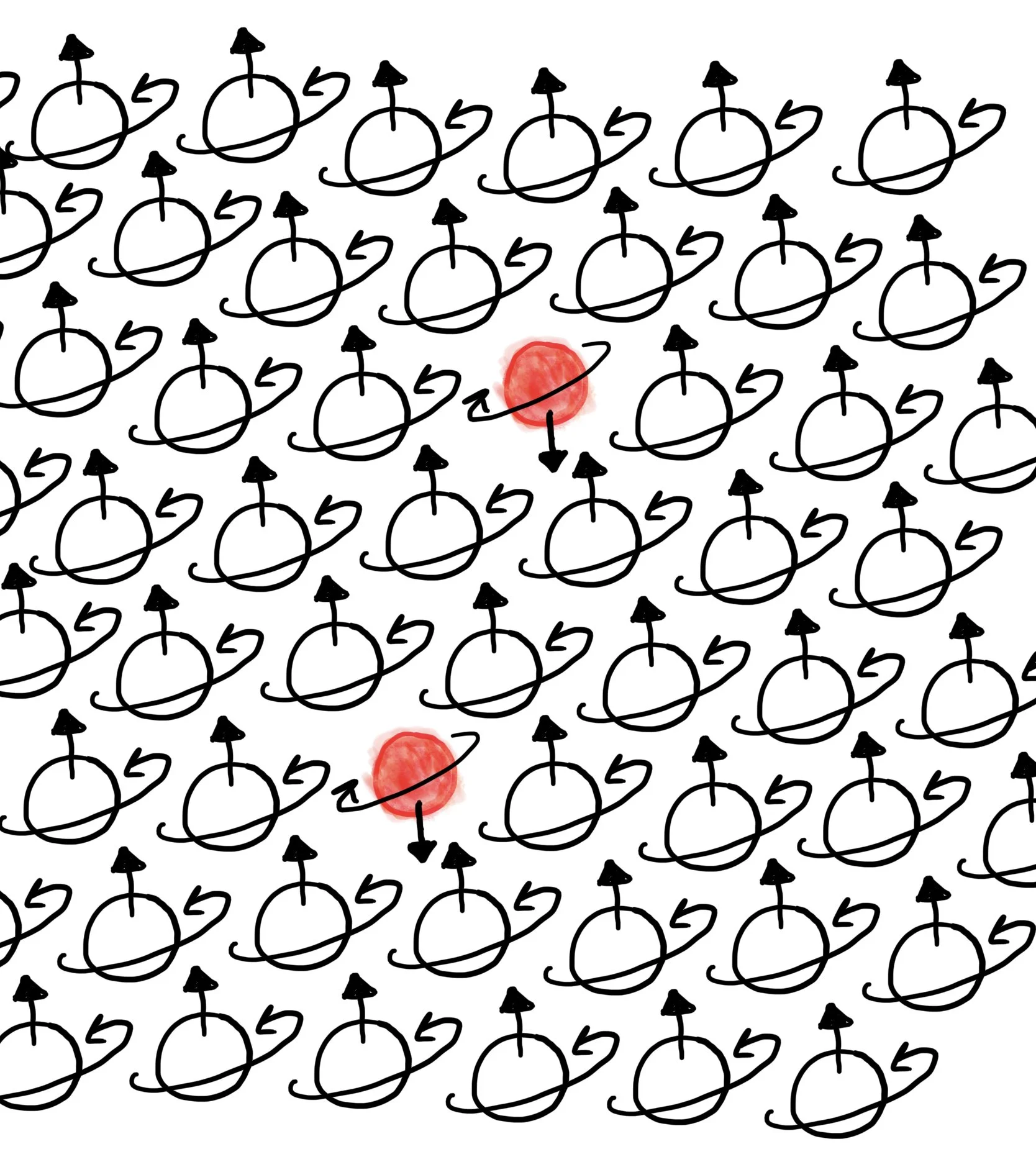
Angular Momentum
Quantum Mechanics for the Working Professional
Lecture notes will return soon. Please pardon our mess as we continue to port to our new online platform.

Quantum Mechanics for the Working Professional
Lecture notes will return soon. Please pardon our mess as we continue to port to our new online platform.